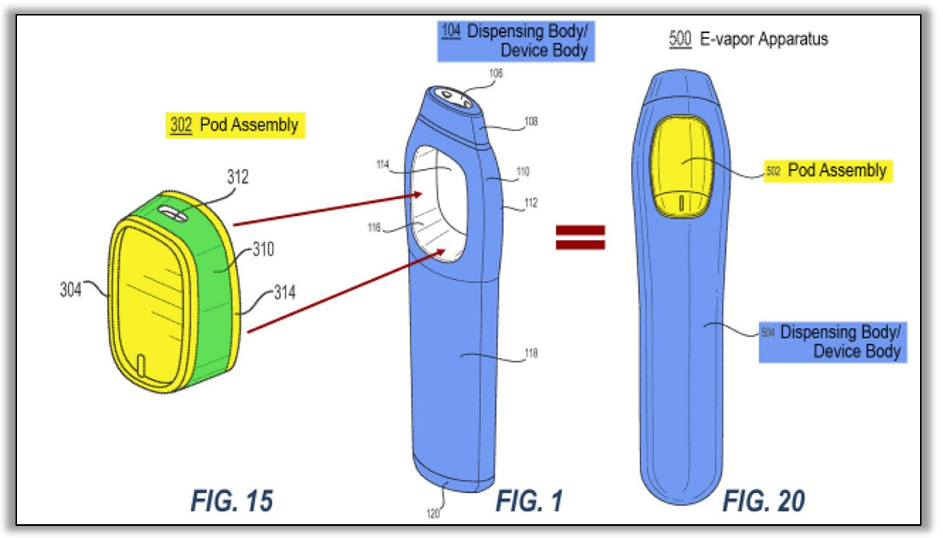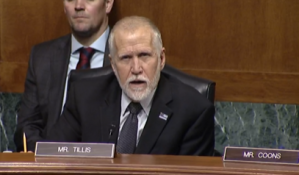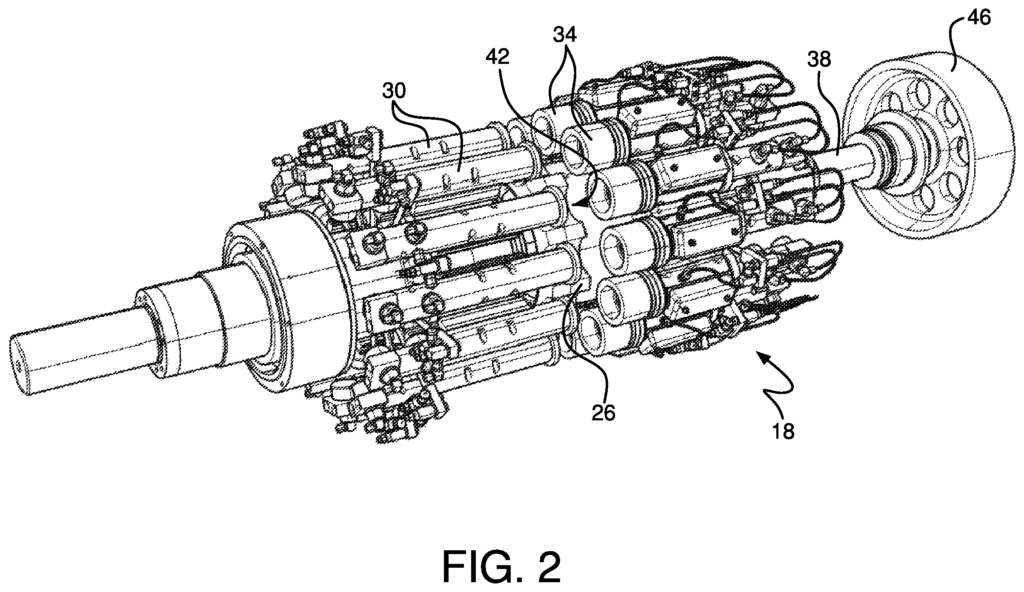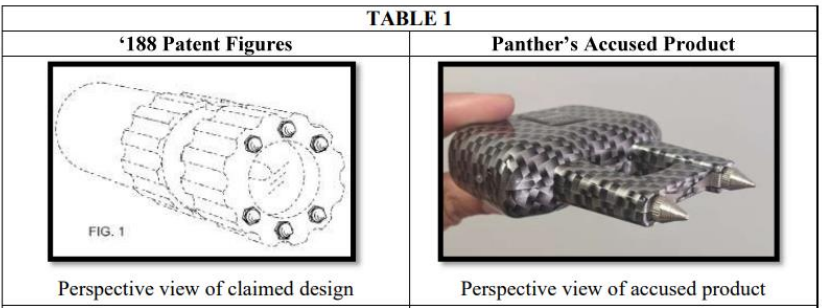The European Patent Office (EPO) has again rejected Dr. Stephen Thaler’s patent application that attempted to name his artificial intelligence system DABUS as an inventor. The EPO examining division’s decision reinforces the foundational principle that inventors must be natural persons under European patent law. Article 81 of the European Patent Convention (EPC) requires a mandatory designation of inventor, and according a prior precedential decision that went against Thaler, the inventor “must be a natural person.” The examining division emphasized that this requirement stems from the interconnection between Article 81 EPC (designation of inventor) and Article 60(1) EPC (right to European patent).
Article 81: Designation of the inventor — The European patent application shall designate the inventor. If the applicant is not the inventor or is not the sole inventor, the designation shall contain a statement indicating the origin of the right to the European patent.
Article 60: Right to a European patent — (1) The right to a European patent shall belong to the inventor or his successor in title. . .
Of course, neither of these articles expressly state that the inventor must be human, but the implication from Article 60(1) in particular is that the inventor is someone with the capability of holding title. (more…)






